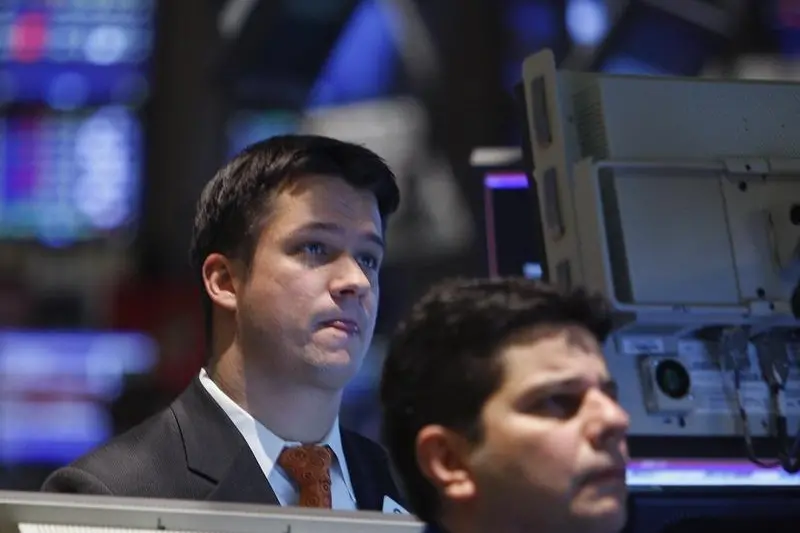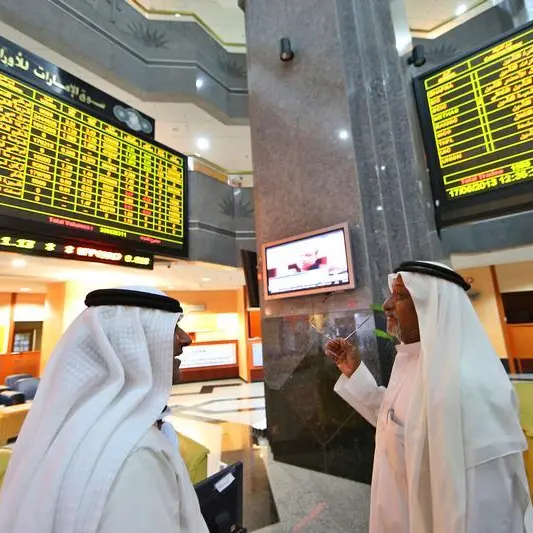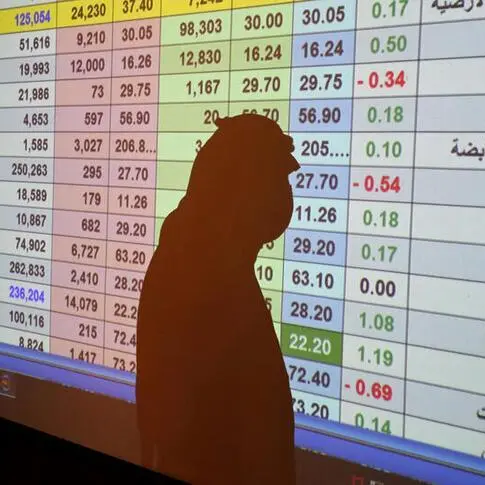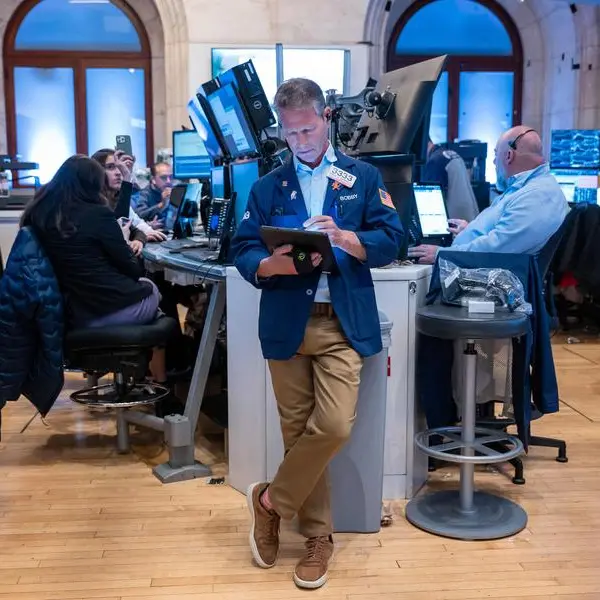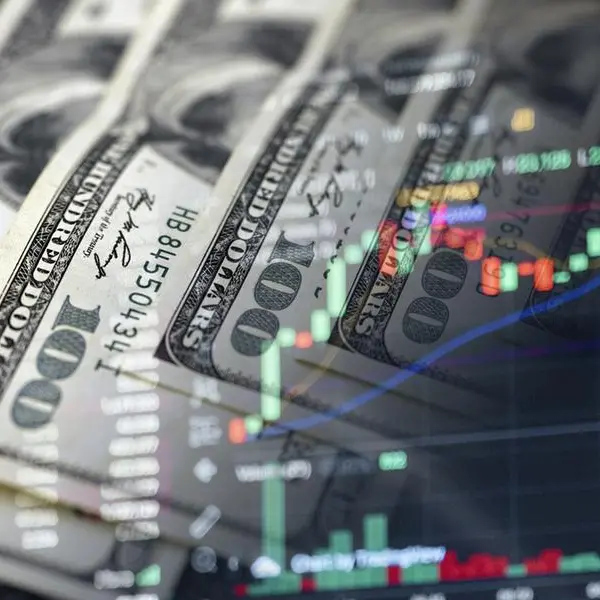PHOTO
Howard Schneider
Oklahoma City - Federal Reserve officials with competing views about inflation laid out on Friday the quandary facing U.S. policymakers as they wrestle over whether a recent dip in the pace of price increases is trivial, or the result of global forces that could permanently throw off the Fed’s policy calculus.
The resolution of that debate will be critical to whether the Fed proceeds with an expected December rate increase and more hikes next year, or concludes that the inflation “mystery” is evidence of a change in how global prices are set. It is also central to an issue of broad political and economic importance: how low the unemployment rate can fall before rising wages and competition for goods starts pushing price increases to uncomfortable levels.
“We are all trying to get a grip on it,” Dallas Fed President Robert Kaplan said of discussion within the Fed over why an unemployment rate in the low four percent range has not led to greater inflation pressure, as it would under standard theories about the “Phillips Curve” tradeoff between a tight jobs market and rising prices.
With the most recent Fed projections showing unemployment falling to 4.1 percent in coming months with inflation still below the Fed’s 2 percent target, Kaplan said he is becoming convinced other forces are at work.
It may be global supply chains, he said, or technology giving consumers more pricing power. Either way, he said, the Fed could possibly let unemployment fall further without worrying about inflation rising too fast.
The recent projections “tells you people have started to conclude we can run a lower unemployment rate without inflation,” Kaplan said. “Then the question is why. I am putting forward the structural view.”
Fed Chair Janet Yellen called the behavior of inflation a “mystery,” though she has generally said she remains convinced tight labor markets will ultimately lead to rising prices.
The Fed’s most recent projections showed a solid majority of policymakers expecting to raise rates in December.
But the path from there is less clear. Some officials still expect traditional dynamics to emerge if unemployment stays low, and also argue it would be worse for workers if the Fed has to play catch-up and raise rates faster.
Kansas City Fed President Esther George said the recent weak inflation readings - the Fed’s preferred measure was most recently 1.4 percent - was no reason for the Fed to back away from a continued gradual pace of rate increases.
“It is hard for me to see...any of that is related to weak economic activity,” at a time of low unemployment and still strong consumer confidence, said George, who has long argued that it was time to raise interest rates to more normal levels.
The expected gradual pace of rate increases is “appropriate...but we do have to keep moving,” she said.
Fed officials, following their regular policy meeting, indicated on Wednesday they are prepared to raise rates again in December and three times next year.
Reporting by Howard Schneider; Editing by Chizu Nomiyama
© Reuters News 2017
